
Genetic studies reveal that sheep were first domesticated in Central Anatolia
Recent genetic research reveals that early domesticated sheep originated in Central Anatolia. This discovery marks a significant moment in humanity’s shift towards a settled lifestyle. An international team, led by geneticists from Trinity College and zooarchaeologists from LMU Munich and the Bavarian State Collections of Natural History (SNSB), analyzed 118 genomes from archaeological sheep bones. These bones date back 12,000 years and come from regions ranging from Mongolia to Ireland. They shed light on the ancient cultural evolution surrounding sheep domestication.
Aşıklı Höyük: A Key Site in Agricultural Development
Aşıklı Höyük is located 25 kilometers east of Aksaray in Central Anatolia. With a history of about 12,000 years, it ranks among the world’s oldest settlements. This site represents a crucial turning point as hunter-gatherer communities began to adopt agriculture. The remains found here date back to when humans first domesticated animals and established permanent villages.
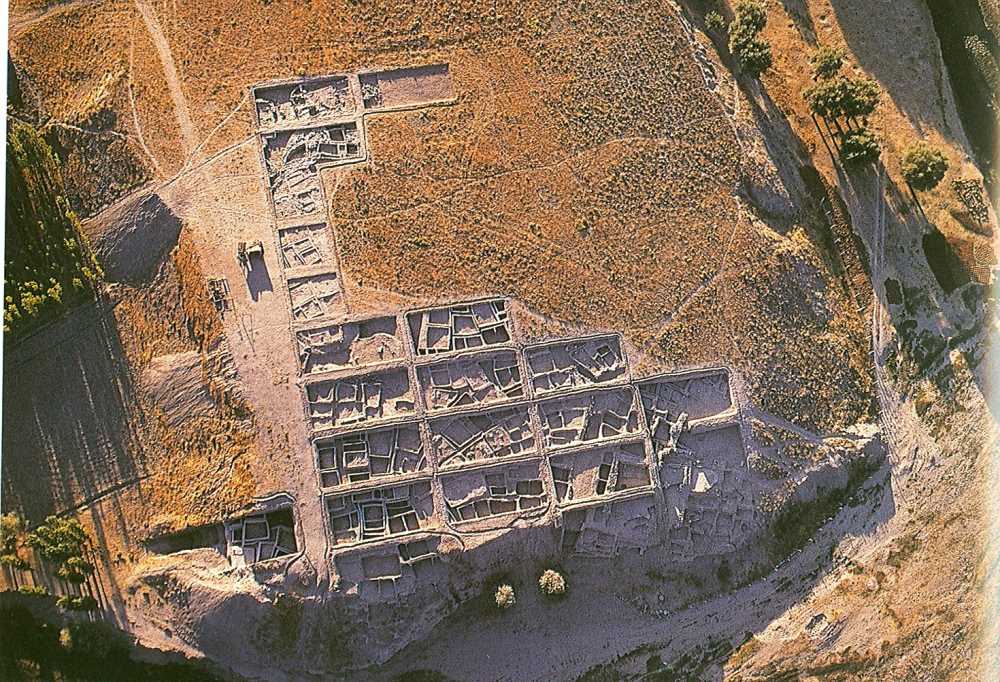
Genetic Discoveries at Aşıklı Höyük
The genomes from Aşıklı Höyük appear to be ancestral to later sheep populations. They confirm that humans captured wild mouflon in the western part of the northern Fertile Crescent around 11,000 years ago. These findings provide the earliest evidence of human influence on sheep biology. They also indicate that early herders valued the aesthetic qualities of their animals.
Migration Patterns of Sheep Genomes
The research shows that sheep genomes began moving westward from early Mesopotamian cities about 7,000 years ago. The rise of pastoralist populations in the Eurasian steppes and their westward expansion around 5,000 years ago significantly impacted European human populations and cultures. This migration altered the genetic makeup of the English people and contributed to the emergence of the Indo-European language.
Significance of the Findings
Dr. Kevin Daly emphasizes a striking discovery: a major migration of sheep from the Eurasian steppes to Europe during the Bronze Age. This suggests that as people relocated, they brought their herds with them. The domestication process that began in Central Anatolia laid the groundwork for modern sheep husbandry and agricultural practices.
Kevin G. Daly et al., Ancient genomics and the origin, dispersal, and development of domestic sheep.Science387,492-497(2025).DOI:10.1126/science.adn2094
You may also like
- New Study Suggests Existence of Previously Unknown Crocodile Species: “Human-Eating Crocodile”
- Ancient Papal Residence Unearthed in Rome Ahead of 2025 Jubilee
- Ancient Roman Wooden Water Pipe Discovered Beneath the Streets of Leuven
- Illegal Excavation in Turkey Uncovers Ancient 2,000-Year-Old Roman Mosaic
- Silver Coins and a Hoard from the 11th Century Discovered in Lübs, Germany
- Ancient Roman Road and Rare Artifacts Unearthed in Switzerland
- American Tourist Injured After Falling on Metal Barriers at Rome’s Colosseum
- A Unique Mummification Method Discovered in Austria: The Air-Dried Chaplain
- Costa Rica Shipwrecks Identified as Danish Slave Ships
- Neanderthal Remains Found in Iran’s Zagros Mountains: Kunakhera Cave Reveals 80,000-Year-Old Evidence
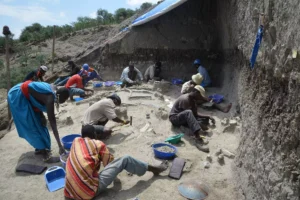
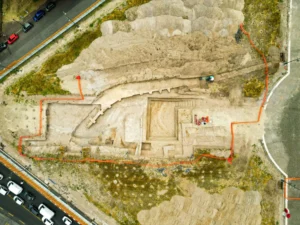



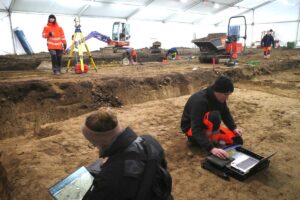

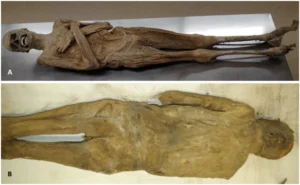
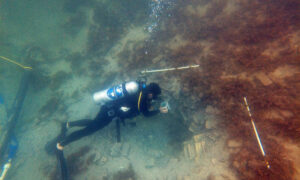
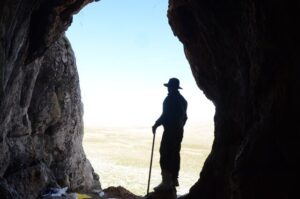
Leave a Reply